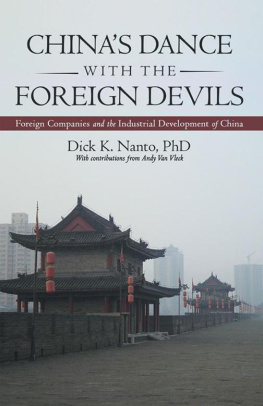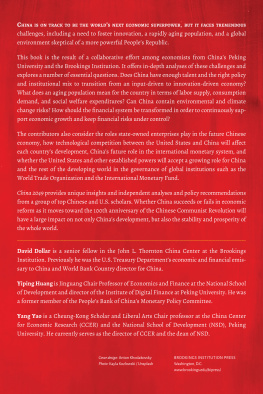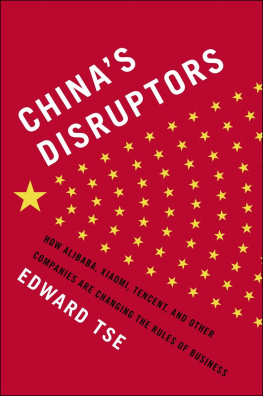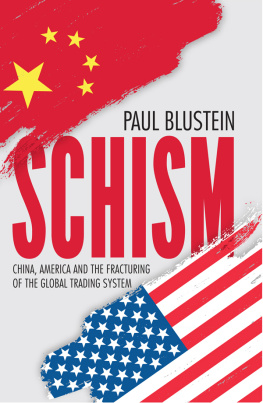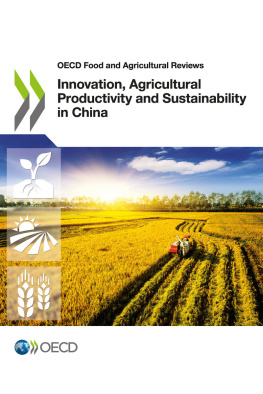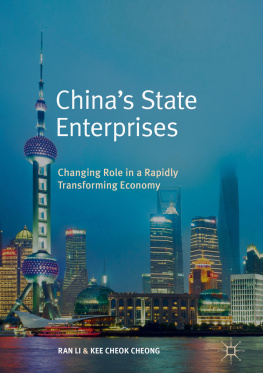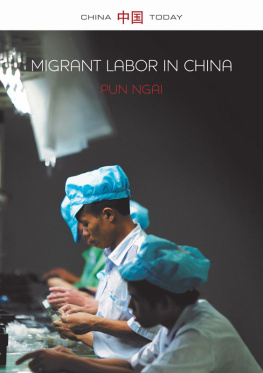Richard P Appelbaum - Innovation in China: Challenging the Global Science and Technology System
Here you can read online Richard P Appelbaum - Innovation in China: Challenging the Global Science and Technology System full text of the book (entire story) in english for free. Download pdf and epub, get meaning, cover and reviews about this ebook. year: 2018, publisher: Polity Press, genre: Science. Description of the work, (preface) as well as reviews are available. Best literature library LitArk.com created for fans of good reading and offers a wide selection of genres:
Romance novel
Science fiction
Adventure
Detective
Science
History
Home and family
Prose
Art
Politics
Computer
Non-fiction
Religion
Business
Children
Humor
Choose a favorite category and find really read worthwhile books. Enjoy immersion in the world of imagination, feel the emotions of the characters or learn something new for yourself, make an fascinating discovery.
- Book:Innovation in China: Challenging the Global Science and Technology System
- Author:
- Publisher:Polity Press
- Genre:
- Year:2018
- Rating:4 / 5
- Favourites:Add to favourites
- Your mark:
Innovation in China: Challenging the Global Science and Technology System: summary, description and annotation
We offer to read an annotation, description, summary or preface (depends on what the author of the book "Innovation in China: Challenging the Global Science and Technology System" wrote himself). If you haven't found the necessary information about the book — write in the comments, we will try to find it.
In recent decades, China has seen huge investments in high-tech science parks, a surge in home-grown top-ranked global companies, and a significant increase in scientific publications and patents. Helped by a flexible business culture, state policies that favor domestic over foreign enterprises, and a still-immature intellectual property rights system, the country has been able to leapfrog its way to a more globally competitive position in the international division of labor.
However, the authors argue that this approach might not yield the same level of progress going forward if China does not address serious institutional, organizational, and cultural obstacles. Since many of these are ingrained into the fabric of Chinas prevailing culture from the days of state planning and top-down government policy, they will require significant structural change to enable China to truly transform its innovation system. While not impossible, this task may well prove to be more difficult for the Chinese Communist Party than the challenges that China has faced in the past.
Richard P Appelbaum: author's other books
Who wrote Innovation in China: Challenging the Global Science and Technology System? Find out the surname, the name of the author of the book and a list of all author's works by series.


